Univision is the largest Spanish-language television network in the United States, owned by TelevisaUnivision. Headquartered in New York City with major facilities in Doral, Florida, it provides content aimed at the Latino audience. Its programming includes telenovelas, dramas, sports, sitcoms, reality shows, news, and Spanish-language films.
Mentioned in this timeline
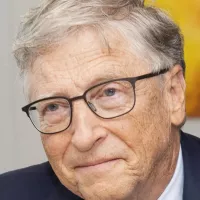
Bill Gates an American businessman and philanthropist revolutionized personal computing...

Donald John Trump is an American politician media personality and...
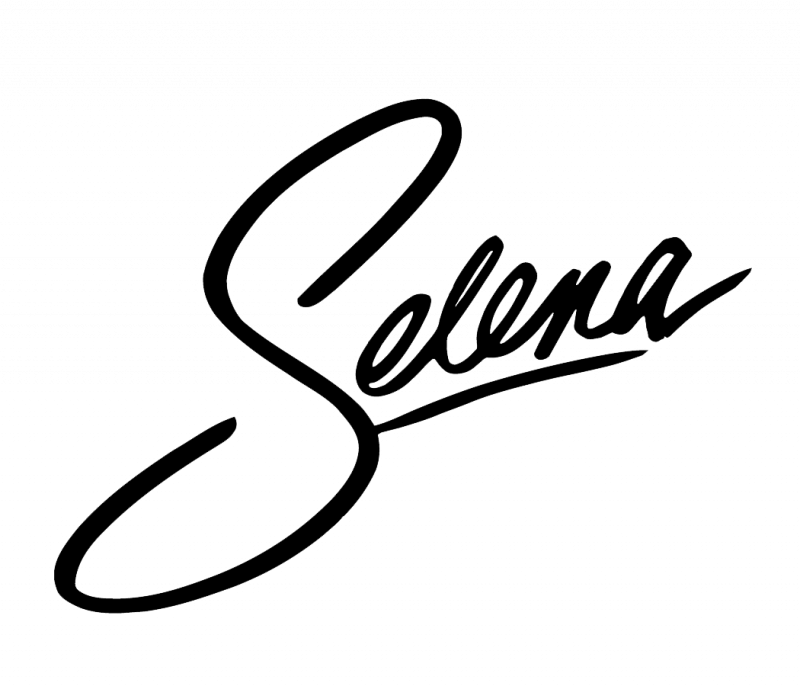
Selena Quintanilla-P rez known as Selena was an influential American...
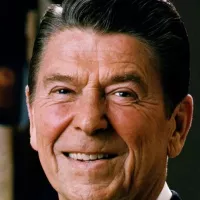
Ronald Reagan the th U S President - was a...
The United States of America is a federal republic located...
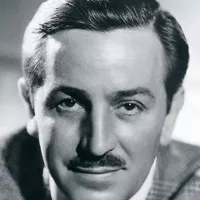
Walter Elias Disney was a highly influential American animator film...
Trending
2 months ago Wole Soyinka's US Visa Revoked: Nobel Laureate Speaks Out Against Travel Ban.
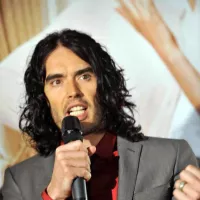
7 months ago Russell Brand Denies Rape and Sexual Assault Allegations, Pleads Not Guilty in Court

Chase Young is a professional football defensive end currently playing for the New Orleans Saints in the NFL He gained...

5 months ago Venus Williams, 45, returns to professional tennis with DC Open wild card.

1 month ago Ja'Marr Chase Suspended One Game: Spitting Incident Sparks Controversy, Appeal Pending
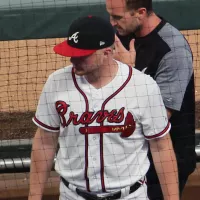
9 months ago Red Sox-Cardinals Game Postponed; Doubleheader Scheduled Due to Rain on Sunday.
Popular
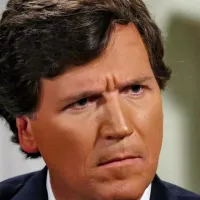
Tucker Carlson is an American conservative political commentator known for...

Candace Owens is an American conservative political commentator and author...

XXXTentacion born Jahseh Dwayne Ricardo Onfroy was a controversial yet...
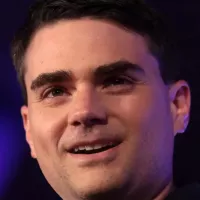
Ben Shapiro is a prominent American conservative political commentator media...

William Franklin Graham III commonly known as Franklin Graham is...

Bill Gates an American businessman and philanthropist revolutionized personal computing...